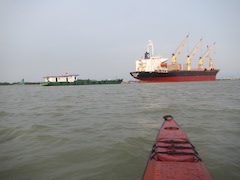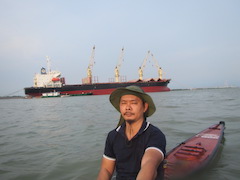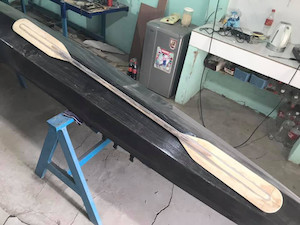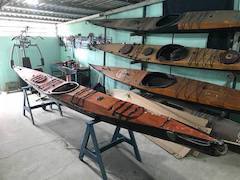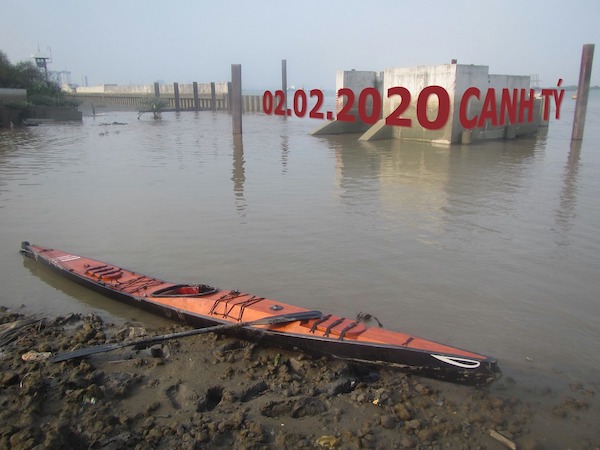Category: kayaking
social distancing
 iếp tục giãn cách xã hội, mỗi bên một nửa cái mái chèo… 🙂 Trong cơn mưa rất to ngày hôm qua… cảm giác thật hài lòng, thư thái..
iếp tục giãn cách xã hội, mỗi bên một nửa cái mái chèo… 🙂 Trong cơn mưa rất to ngày hôm qua… cảm giác thật hài lòng, thư thái..
radial engine
kiểm ngư
 uốt nhiều năm qua, Hải Minh (nhà máy đóng tàu X51) cứ sồn sồn đẻ ra hết chiếc Kiểm Ngư (KN – xxx) này đến chiếc khác, lúc nào chèo qua mũi Bình Khánh cũng thấy có 1, 2 chiếc đang đóng, lớp KN – 750 (750 tấn) đã có hơn 50 chiếc và lớp TK – 1482C (400 tấn) đã có hơn 70 chiếc được biên chế, chính thức được gọi là lực lượng “dân quân biển”!
uốt nhiều năm qua, Hải Minh (nhà máy đóng tàu X51) cứ sồn sồn đẻ ra hết chiếc Kiểm Ngư (KN – xxx) này đến chiếc khác, lúc nào chèo qua mũi Bình Khánh cũng thấy có 1, 2 chiếc đang đóng, lớp KN – 750 (750 tấn) đã có hơn 50 chiếc và lớp TK – 1482C (400 tấn) đã có hơn 70 chiếc được biên chế, chính thức được gọi là lực lượng “dân quân biển”!
ve ve ve
18650
 ừa nâng cấp hệ thống điện trên xuồng xong, đem ra phơi nắng kiểm tra tấm pin năng lượng mặt trời, giữa trưa, đồng hồ đo nhảy vùn vụt, chứng tỏ hệ thống hoạt động tốt, mà cũng cho thấy bức xạ mặt trời mấy ngày hôm nay thật kinh khủng! Trong hình: 2 block pin 18650, tổng dung lượng 20mAh, mỗi block gồm 3 viên mắc nối tiếp, hiệu điện thế danh định (nominated) 11.1V, tối đa: 12.6V. 18650 là loại pin tốt nhưng khó tính, nếu để sụt áp xuống dưới 1.7V thì pin chết, vất đi không cứu được.
ừa nâng cấp hệ thống điện trên xuồng xong, đem ra phơi nắng kiểm tra tấm pin năng lượng mặt trời, giữa trưa, đồng hồ đo nhảy vùn vụt, chứng tỏ hệ thống hoạt động tốt, mà cũng cho thấy bức xạ mặt trời mấy ngày hôm nay thật kinh khủng! Trong hình: 2 block pin 18650, tổng dung lượng 20mAh, mỗi block gồm 3 viên mắc nối tiếp, hiệu điện thế danh định (nominated) 11.1V, tối đa: 12.6V. 18650 là loại pin tốt nhưng khó tính, nếu để sụt áp xuống dưới 1.7V thì pin chết, vất đi không cứu được.
Sau một thời gian xài pin lithium-ion 18650, tôi thêm vào một mạch đo điện thế, nếu áp xuống dưới 9V thì lắp tấm năng lượng mặt trời vào để sạc pin, nếu xuống dưới 6, 7V thì nên ngắt toàn hệ thống nếu không muốn hư pin (có 1 cái master-switch, công tắc tổng). Thêm nhiều cải tiến nho nhỏ khác, hệ thống có 3 ngõ ra: 2 ngõ 5V USB, 1 ngõ 12V DC, nên từ đây sạc được hầu hết các thiết bị điện tử: iPhone, máy ảnh, Garmin, bộ đàm, etc… Thay con relay xịn hơn để chạy máy bơm nước (bilge pump)! 😀
a watery saigon – 4
new paddle
 nother new paddle, almost done. It looks simple enough, but actually it’s not quite so. The paddle shaft is a composite of rattan and wood and is scaffed to an oval shape in cross-section (2.8 x 3.6 cm), which fits my hands perfectly. Rattan is very light and immensely flexible, but it tends to not keeping straight under constant load.
nother new paddle, almost done. It looks simple enough, but actually it’s not quite so. The paddle shaft is a composite of rattan and wood and is scaffed to an oval shape in cross-section (2.8 x 3.6 cm), which fits my hands perfectly. Rattan is very light and immensely flexible, but it tends to not keeping straight under constant load.
I came up with a solution by “sandwiching” the rattan rod between 2 thin layers of wood (3mm) and some epoxy fillet. Paddle’s blades are plywood (7mm thick) and size is about 540 cm^2. Length is 1.9m, I’ve never found it comfortable with paddles above 2m long, due to my quite narrow shoulder. Final weight is controlled at exactly 1kg! 😀
covid-19
 hực hiện nghiêm chỉnh “self – isolation & social – distancing”! Trong một thoáng suy nghĩ khác, mình đã “giãn khoảng cách xã hội” từ cả chục năm nay rồi mà (!?) Những ngày này trên sông yên tĩnh lạ thường!
hực hiện nghiêm chỉnh “self – isolation & social – distancing”! Trong một thoáng suy nghĩ khác, mình đã “giãn khoảng cách xã hội” từ cả chục năm nay rồi mà (!?) Những ngày này trên sông yên tĩnh lạ thường!
Virus corona cho đến bây giờ cho thấy nó không nguy hiểm bằng các loại virus lưu manh, đĩ điếm, và các kiểu virus tin giả, nhảm nhí, xàm xí, dối trá, bịa đặt hoang đường khác của (mạng) xã hội !! 😀

 òng em như quán bán hàng, Dừng chân cho khách qua đàng mà thôi. Lòng anh như mảng bè trôi, Chỉ về một bến chỉ xuôi một chiều. Lòng anh như biển sóng cồn, Chứa muôn con nước nghìn con sông dài. Lòng em như thể lá khoai, Đổ bao nhiêu nước ra ngoài bấy nhiêu! 😀 😀
òng em như quán bán hàng, Dừng chân cho khách qua đàng mà thôi. Lòng anh như mảng bè trôi, Chỉ về một bến chỉ xuôi một chiều. Lòng anh như biển sóng cồn, Chứa muôn con nước nghìn con sông dài. Lòng em như thể lá khoai, Đổ bao nhiêu nước ra ngoài bấy nhiêu! 😀 😀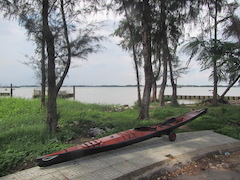
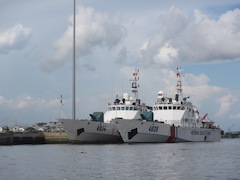

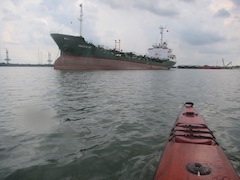
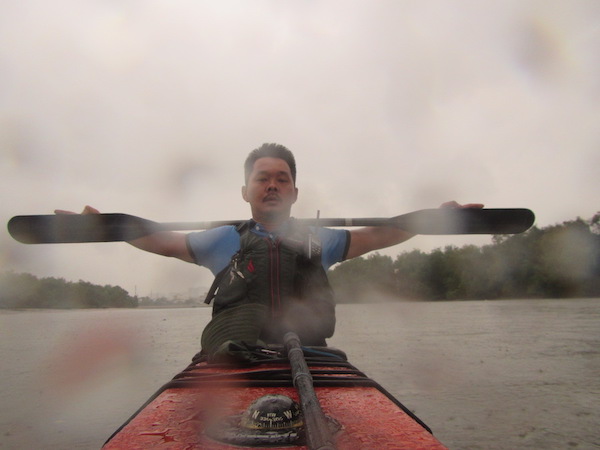
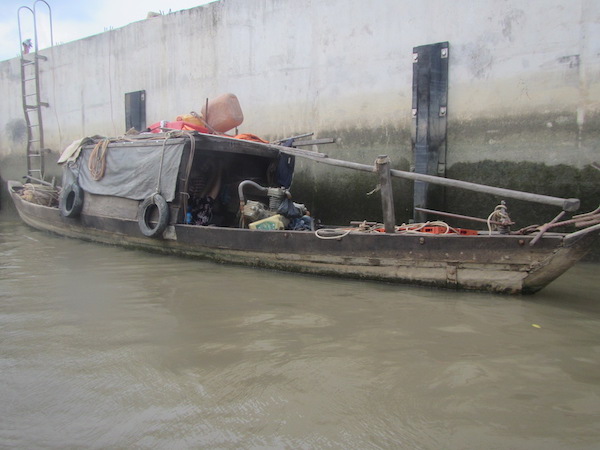
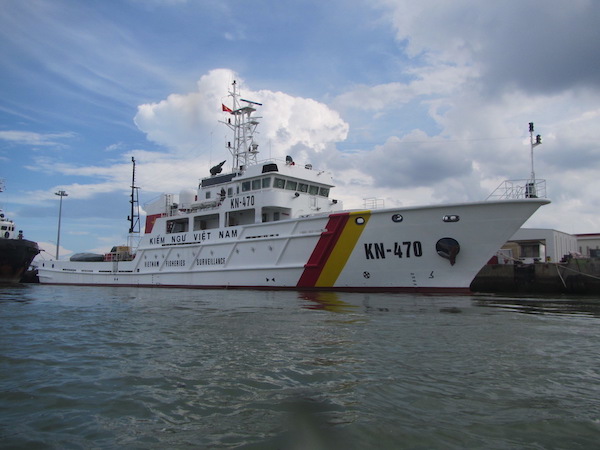
 è về… dự kiến mùa hè (mùa mưa) năm nay lại nắng nóng kỷ lục, cứ năm sau lại xác lập kỷ lục mới cao hơn năm trước! 😢 😢 Tiếp tục giãn cách xã hội, khoảng cách mỗi bên một nửa cái mái chèo, cỡ gần 1m! 😀
è về… dự kiến mùa hè (mùa mưa) năm nay lại nắng nóng kỷ lục, cứ năm sau lại xác lập kỷ lục mới cao hơn năm trước! 😢 😢 Tiếp tục giãn cách xã hội, khoảng cách mỗi bên một nửa cái mái chèo, cỡ gần 1m! 😀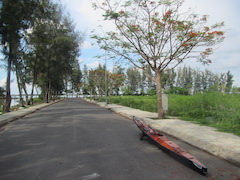
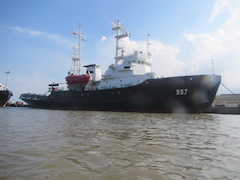
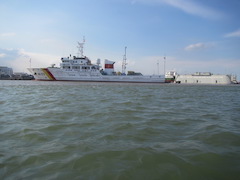
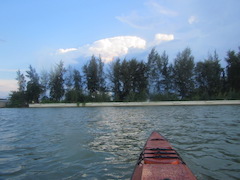
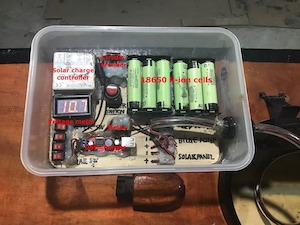
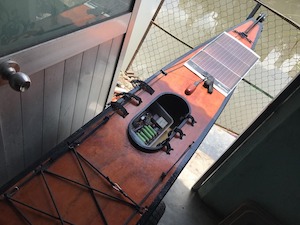
 ột Sài gòn “ướt át”, phần 4… tiếp theo 3 phần trước, những bức ảnh loanh quanh Sài Gòn từ trên mặt nước. Chính thức cán mốc 75kg, haiza, cái ghế ngồi trên xuồng kayak đã hơi bị chật… 😀
ột Sài gòn “ướt át”, phần 4… tiếp theo 3 phần trước, những bức ảnh loanh quanh Sài Gòn từ trên mặt nước. Chính thức cán mốc 75kg, haiza, cái ghế ngồi trên xuồng kayak đã hơi bị chật… 😀